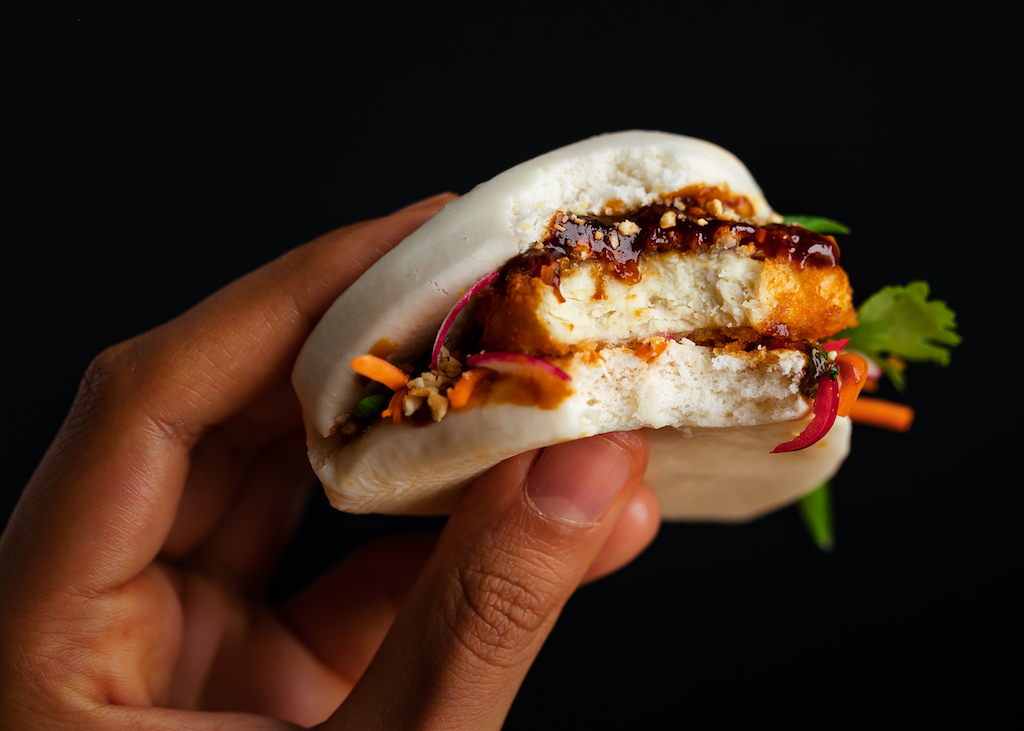3 Mins Read
A recent survey conducted by the think tank GFI APAC looks at the primary challenges the cultivated meat industry is facing when it comes to acquiring commercially viable cell lines.
The survey’s insights were extracted from responses gathered from 44 businesses across the sector. The findings paint an unprecedented picture of the sector’s evolution, tendencies, and stumbling blocks. Among the key hurdles highlighted in the report is the significant overlap in cell line development efforts across companies, with the same species and cell types being independently pursued.
The survey underscores an urgent market demand for off-the-shelf cell lines. However, these options are either currently unavailable or lacking in the offerings that companies are looking for.
The survey also comes on the heels of two USDA label approvals; California’s Eat Just and Upside Foods both earned the approval earlier this month, putting cultivated meat closer to commercialization in the U.S.

Addressing these gaps and optimizing cell lines’ characteristics could help to pave the way for improved quality and cost-effectiveness in cultivated meat production at scale. Companies such as the U.K.-based Extracellular are already making strides in this direction. It recently launched a license-free cell bank to facilitate cultivated meat research.
The findings show a concerted effort from all stakeholders will be essential to push through the barriers to the commercialization of cultivated meat. The critical points of consideration from the study include:
- Selection of Species: The highest demand among companies is for cell lines derived from both terrestrial and marine species. The most popular species are cows, pigs, sheep, and lambs, while for aquatic species, salmon, tuna, and other fin fish are the top choices. However, many businesses have struggled to source the appropriate cells for these species.
- Cell Types and Accessibility: The cell types most commonly used by businesses include myoblasts, fibroblasts, and mesenchymal stem cells (MSCs). The survey suggests that this could be due to the difficulty in obtaining more suitable cell types such as embryonic stem cells (ESCs) and induced pluripotent stem cells (iPSCs), especially for terrestrial species. Cell line providers who can supply these hard-to-source cell types are likely to be highly sought after.
- Sourcing of Cells: The survey revealed a heavy dependency on slaughtered animals as cell sources. However, challenges such as limited access to live animals and low proximity to cell isolation facilities slow the procurement process. But the report says this situation opens up an opportunity for livestock and seafood producers to collaborate with these businesses and create new revenue streams for access to cell lines.
- Cell Line Features: Companies generally expressed reluctance in using genetically engineered cell lines, as restrictions on genetic modification exist in key markets. The need for cell lines with high proliferation, genetic stability, and the ability to grow in suspension has also been highlighted.
- Regulatory Challenges: A majority of the surveyed companies said they lacked confidence in their understanding of the necessary documentation and safety testing for gaining regulatory approval for cell lines in high-priority markets, such as the U.S. and Singapore. This finding underscores the need for greater clarity from regulatory bodies.
- Religious Certifications: Companies expressed a strong inclination towards developing cell lines that comply with halal and/or kosher certifications. The lack of resources that clarify the alignment of cultivated meat production with these certification requirements is seen as a significant entry barrier.



